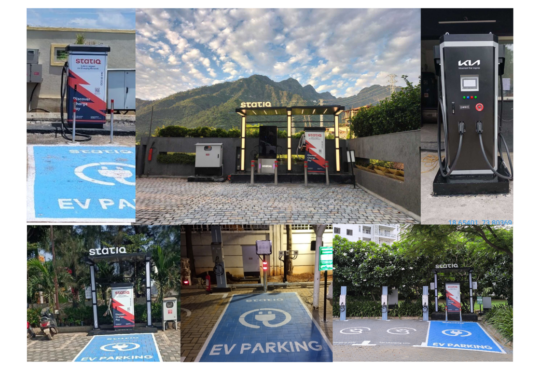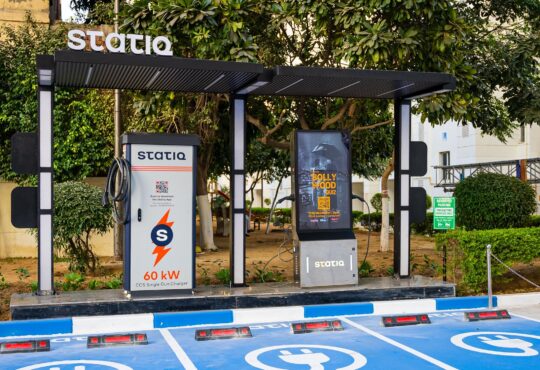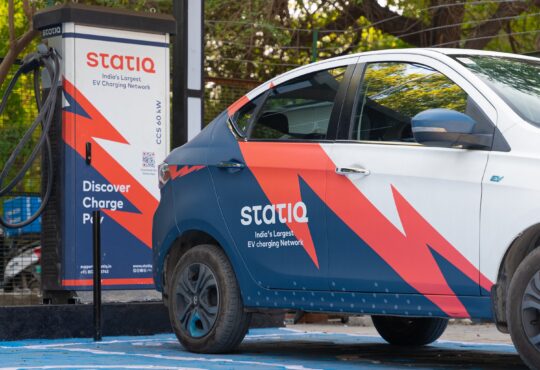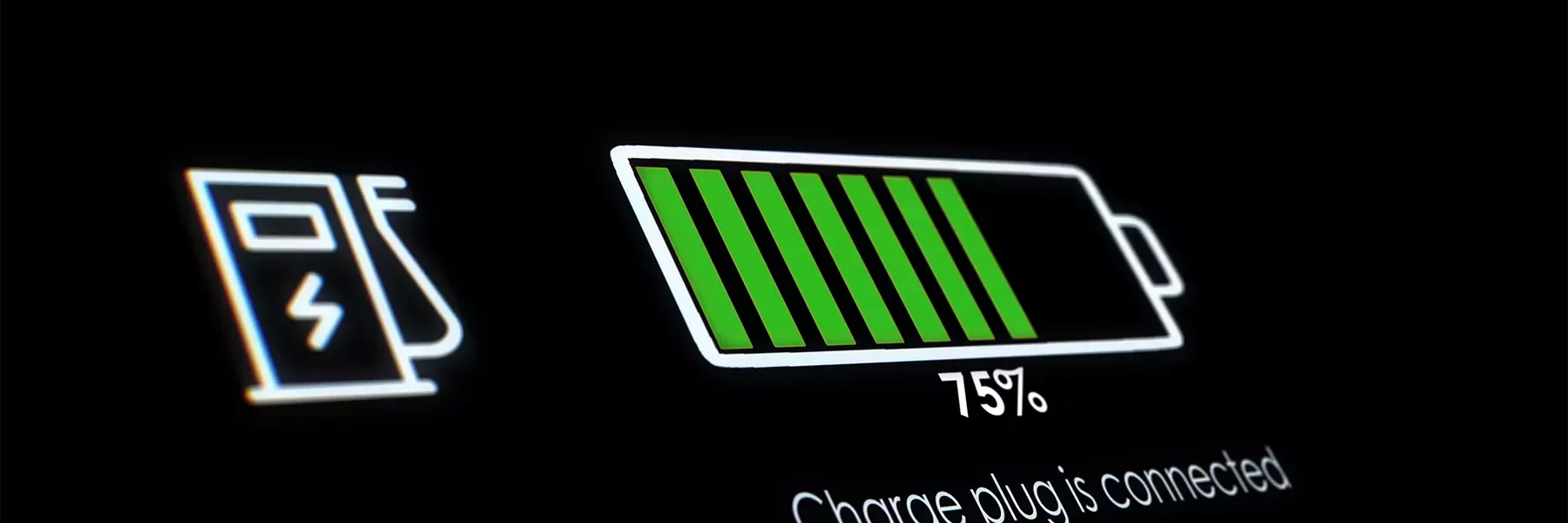
How Batteries Work: Slow vs. Fast EV Charging
The operation of batteries has become a focal point in our daily lives, with increased awareness of these technological wonders that require careful handling. Now, discussions extend to electric cars and their charging mechanisms. As a significant investment, it’s natural for people to seek ways to maximize the lifespan of their electric car batteries. A major concern is how the speed of EV charging impacts these batteries. In this blog, we’ll share valuable information about battery operation and the effects of slow and fast charging on EV batteries.
Fast vs. Slow EV Charging
Slow charging, often known as AC charging, involves standard household outlets or dedicated EV charging stations. Level 1 charging uses a standard 220-volt household AC outlet and is suitable for overnight charging, offering accessibility and lower infrastructure costs. Homeowners can conveniently plug in their EVs overnight and wake up to a fully charged vehicle. However, this method may not be practical for those needing a quick energy boost during the day.
Fast charging, also known as Level 3 or DC fast charging, caters to EV owners needing a quick top-up on the go. Unlike slow charging, it uses direct current (DC) to quickly replenish an EV’s battery. The advantage of fast charging lies in its ability to meet the needs of EV owners who are in a hurry and require fast charging within a limited time.
How Batteries Work
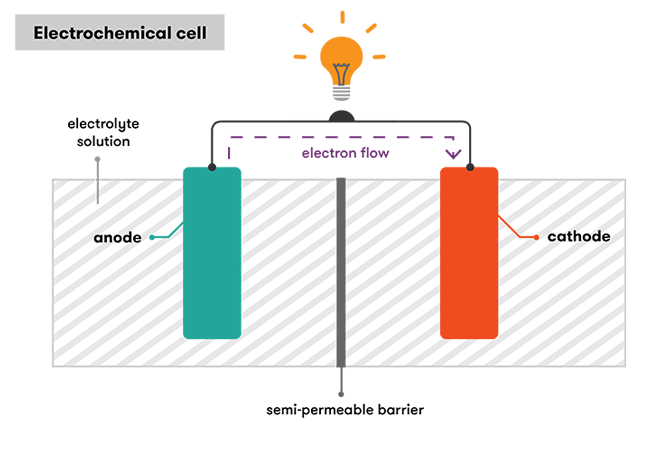
Electric vehicle batteries are typically lithium-ion (Li-ion) batteries, known for their high energy density, efficiency, and relatively lightweight. These batteries consist of positive and negative electrodes, an electrolyte, and a separator. During discharging, lithium ions move from the anode to the cathode through the electrolyte, releasing electrons that power the vehicle. Charging reverses this process, with an external power source applying a voltage to move lithium ions back to the anode. The Battery Management System (BMS) plays a crucial role in ensuring uniform charging, preventing overcharging or deep discharge, and managing temperature. Energy density influences driving range, and thermal management systems regulate temperature for optimal performance and longevity.
Battery Degradation Over Time
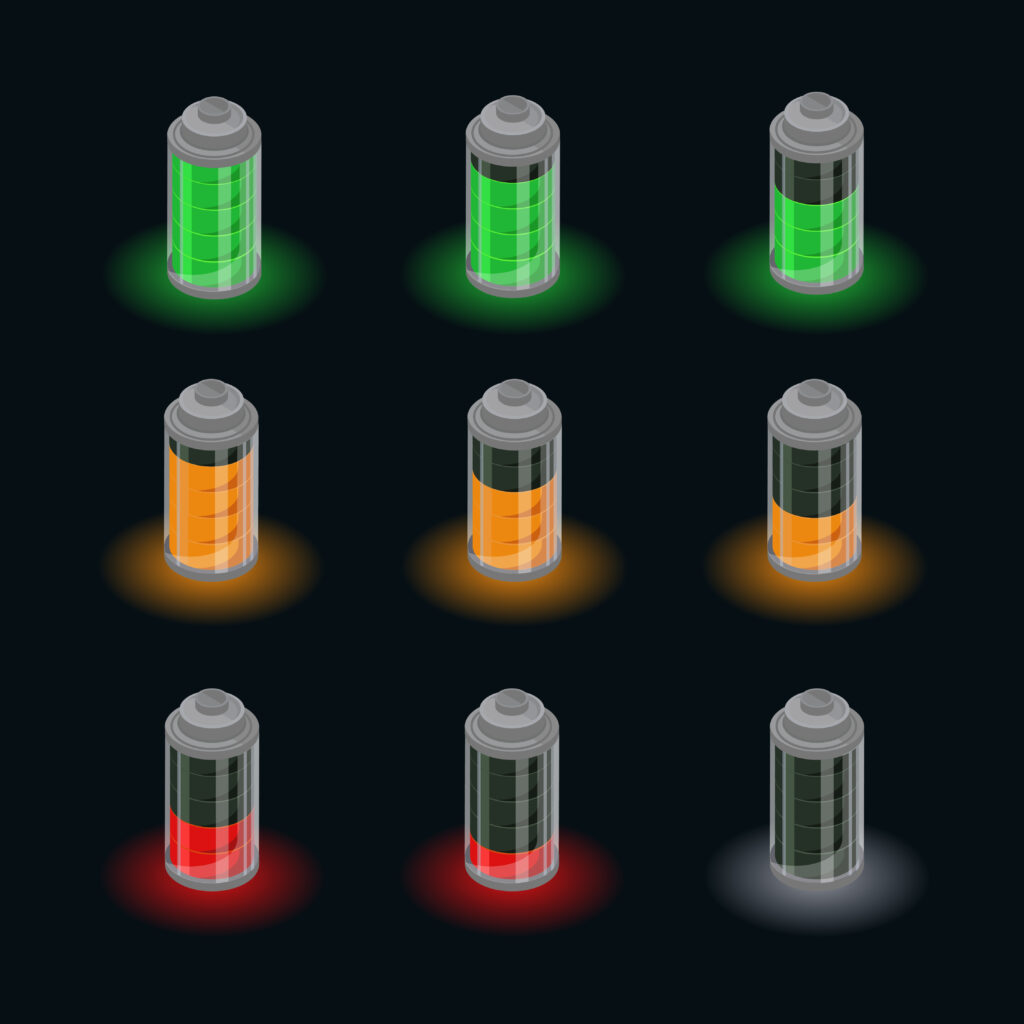
Over time, EV batteries can degrade due to factors such as the number of charging cycles and exposure to high temperatures, which accelerates degradation. Elevated temperatures increase the rate of chemical reactions within the battery, contributing to a reduction in overall battery life. Battery health is closely tied to heat management during charging. Elevated temperatures can lead to accelerated capacity loss, decreased energy efficiency, and a higher likelihood of thermal runaway events. Battery management systems play a crucial role in mitigating these issues by implementing thermal management strategies such as active cooling or heating to maintain optimal temperature ranges.
Battery Health and Charging Speed

While the convenience of fast charging is undeniable, it’s essential to consider its impact on battery health. Fast charging generates more heat, which can lead to accelerated degradation over time. Batteries are susceptible to wear and tear, and frequent fast charging may affect their overall lifespan. In contrast, slow charging generates less heat, promoting a gentler charging process that is generally considered better for long-term battery health. For everyday use, relying on slow charging when time allows may be a prudent strategy to extend the life of an EV’s battery.
Statiq EV Chargers: Powering the Perfect Synergy of Speed and Efficiency
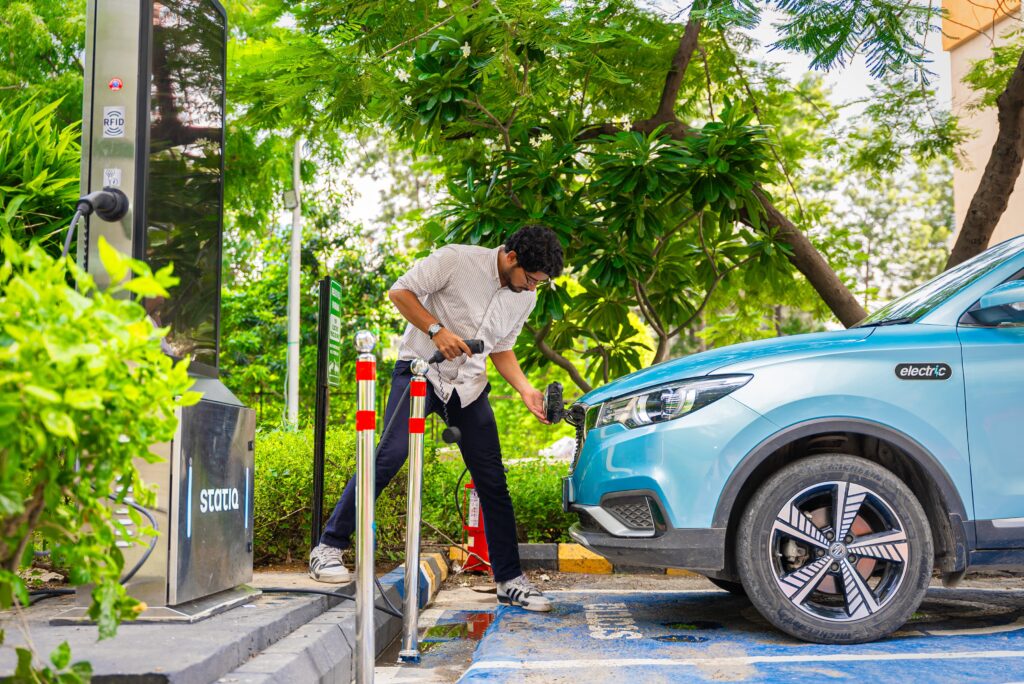
In the realm of electric vehicles, the choice between slow and fast charging ultimately depends on individual needs and lifestyle. While slow charging is ideal for overnight replenishment and maintaining battery health, fast charging offers the flexibility needed in a fast-paced world. As technology continues to advance, addressing the challenges of fast charging, such as battery degradation and infrastructure costs, will be crucial.
Statiq electric vehicle charging stations are the right solution for those who need quick EV charging without letting their EV batteries struggle with load fluctuation and heat. Our chargers undergo multiple quality checks to provide optimum EV charging without affecting the health of an EV battery. The best part is that our system automatically adjusts the load and charging speed to the battery as per the vehicle’s demand. It continuously monitors the battery’s health to prevent overheating, thus extending the battery life. If you have any doubts about battery health and EV charging or want to learn more about Statiq EV chargers, connect with our experts.
Also Read, How Do EV Charging Stations Work?
